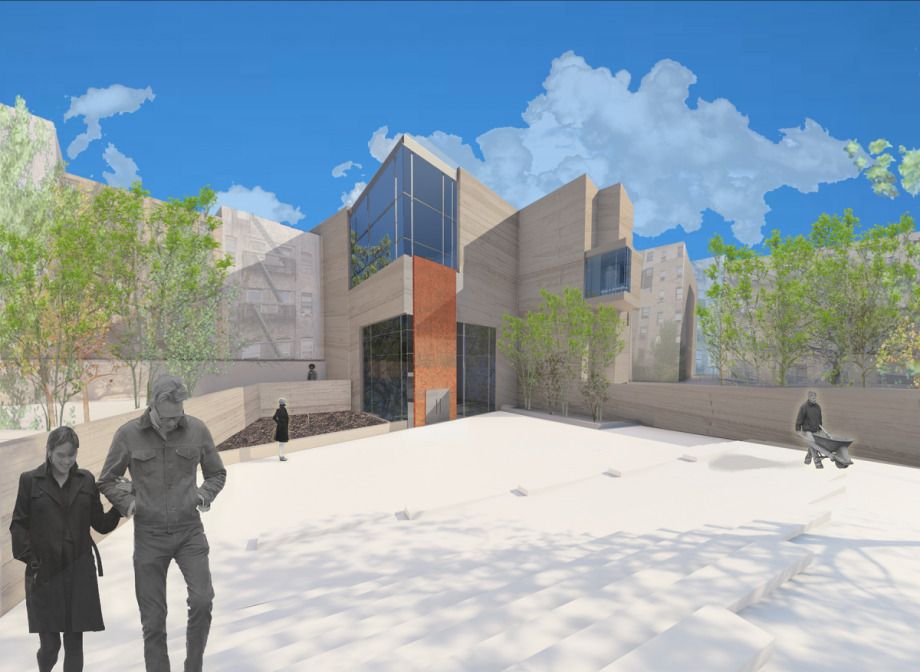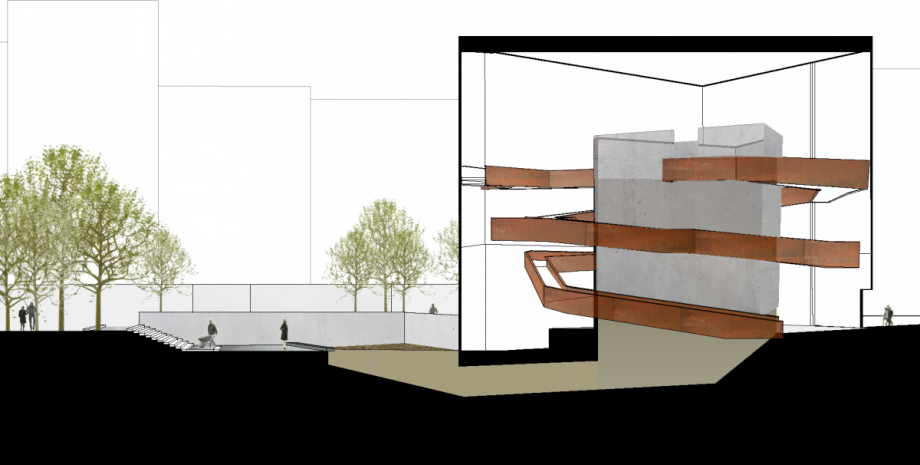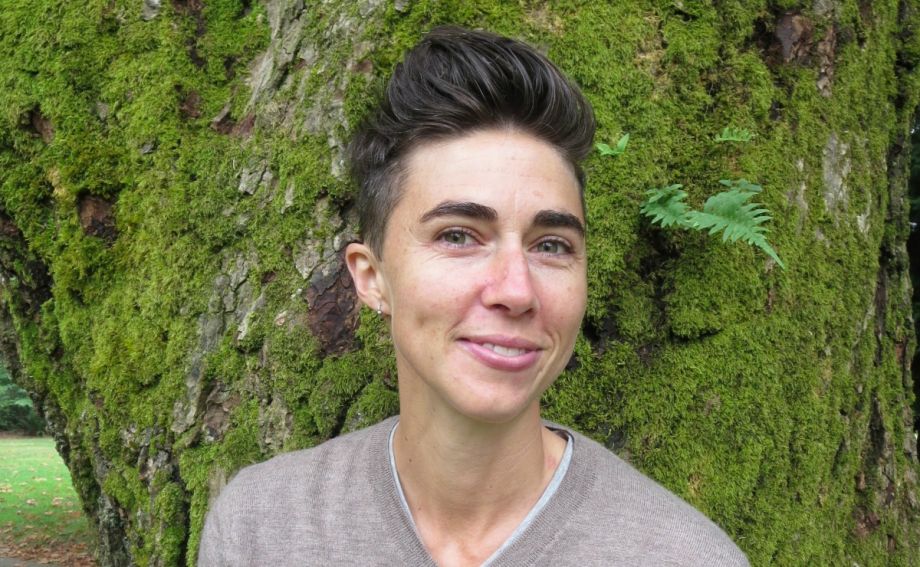Next City isn’t just a news website, we are a nonprofit organization with a mission to inspire social, economic and environmental change in cities. Part of how we do that is by connecting our readers to urban changemakers and holding an annual Vanguard conference bringing together 40 top young urban leaders.
Name: Katrina Spade
Current Occupation: Founder and director of the Urban Death Project, which advocates for creating a meaningful, equitable and ecological alternative to existing options for the care of the dead.
Hometown: Plainfield, NH
Current City: Seattle, WA
Twitter Tag: @urbandeathproj
I drink: Coffee!
I am an: Outgoing introvert
I get to work by: Walking (to my living room)
The area I grew up in is: Rural
What was your first job? I became a server at a fancy French restaurant in my small rural town in New Hampshire when I was 12. I’m an excellent waiter!
What is your favorite city and why? I love Seattle for its amazing views of mountain ranges, sound, lake, its down-to-earth people, and the best food, beer, and coffee ever.
What do you do when you are not working? I hang out with my kids (7 and 10), my girlfriend, and my friends, playing tennis or soccer and doing house projects.
What do you like most about your current job? The Urban Death Project has so many different angles. On any one day I might be strategizing outreach, trying to raise money, thinking about engineering or working on legal obstacles. It’s never boring — it’s like a big design project.

Rendering of an Urban Death Project building/compost facility, where people can visit to connect with the deceased and with the cycles of nature.
What is the coolest project you worked on? I’m a tad biased, but I think that the Urban Death Project is the coolest project ever. It’s exciting to see the cultural shift that’s happening, where people are thinking about the impact that their own physical bodies will have on the earth after they’ve died. It’s also amazing to hear inspiring stories about death and dying from people all over the world.
What are the hard parts about your job? I work alone, and so the days when I am doubting this, that or the other thing are kind of rough.
What is the biggest challenge facing cities today? Two of the biggest challenges facing cities today are the lack of burial space and the lack of meaningful ways to connect people to the cycles of life, (i.e. nature). The Urban Death Project is one solution to both of these problems.
What makes a successful leader? I am still working on figuring that out, but I know that listening plays a large part in it.
What’s your BHAG (Big Hairy Audacious Goal)? To have Urban Death Project facilities — each designed for the community to which they belong — in every city in the world, and to make meaningful, beautiful death care available to all people regardless of their economic status.

In the core of Urban Death Project facilities, bodies are laid into woodchips at the top. Over a span of weeks, they turn into nutrient-rich soil. Each Urban Death Project building would be different, designed for the community in which it resides.
What’s the best professional advice you have received? Be yourself.
Who do you most admire? I admire my mother for being a really effective environmental activist. She was often almost working under the radar, but she got so much done!
What career advice would you give an emerging urban leader? Think broadly, don’t let go of the audacious goals, and try and look at your challenge like a puzzle. There are likely many pieces to figure out, and it’s handy if you know what they are early on.








